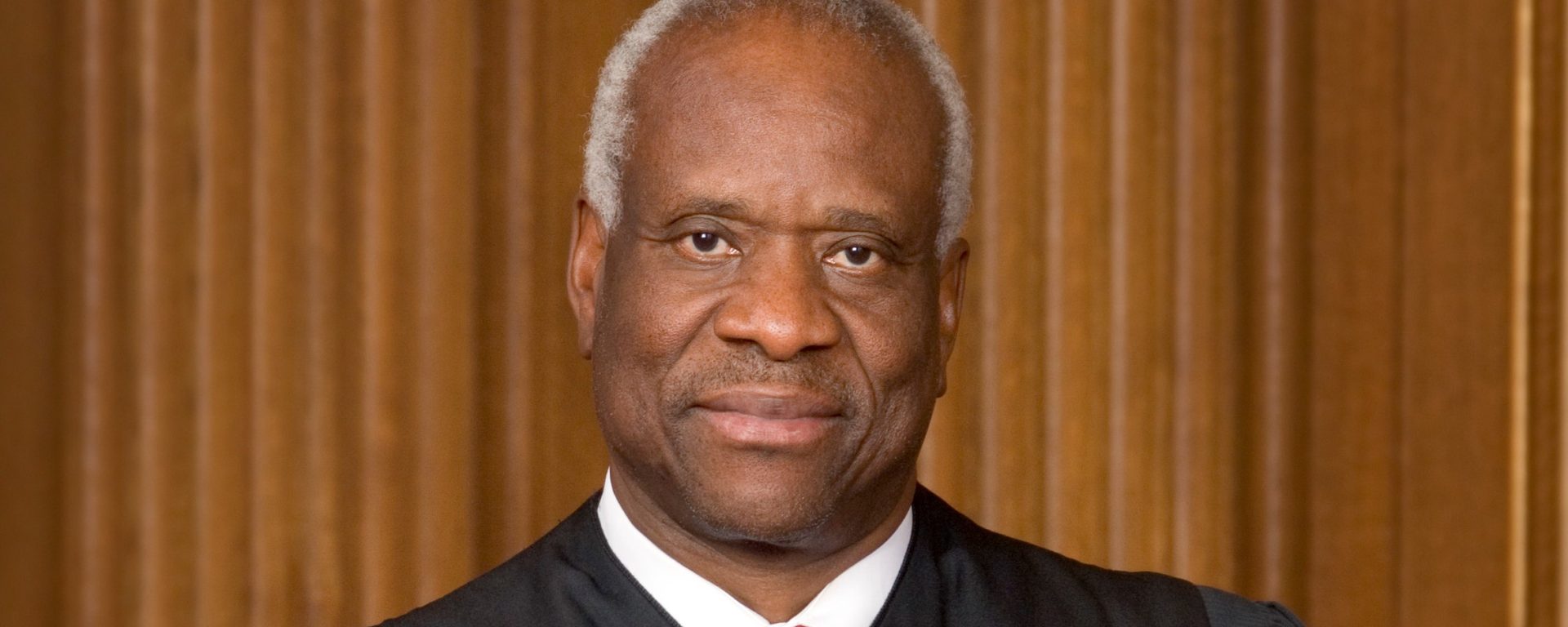The U.S. Supreme Court on June 27 declined to issue a ruling on an election map for Louisiana that includes two black-majority congressional districts.
The nation’s highest court had been expected to rule on federal court decisions that required Louisiana to change boundary lines to create a second black-majority congressional district in the state.
Instead, the court said the two cases that were heard together on March 24—Louisiana v. Callais and Robinson v. Callais—will be reargued in the court’s new term that begins in October.
The court announced its new decision in an unsigned order. The justices did not explain why they decided to order new arguments.
Justice Clarence Thomas dissented from the court’s new decision.
“Congress requires this Court to exercise jurisdiction over constitutional challenges to congressional redistricting, and we accordingly have an obligation to resolve such challenges promptly,” Thomas wrote.
“That resolution is particularly critical here, as these cases highlight the intractable conflict between this Court’s interpretation of [Section] 2 of the Voting Rights Act of 1965 (VRA) … and the Equal Protection Clause of the Fourteenth Amendment to the Constitution.”
Because the Constitution takes precedence over statutes, there is “no reason to avoid deciding these cases now,” Thomas wrote.
In the cases, a group of non-minority voters sued, claiming the redistricting constituted racial gerrymandering. Gerrymandering refers to the manipulation of electoral district boundaries to benefit a particular party or constituency.
The dispute comes out of a redistricting plan approved by the Republican-controlled Louisiana State Legislature, which was paused by Judge Shelly Dick of the U.S. District Court for the Middle District of Louisiana in June 2022. Dick found the map, which provided for one black-majority congressional district, discriminated against black voters, who constitute nearly one-third of the state’s population.
The judge ordered district lines in the state to be moved to create a second black-majority district to comply with Section 2 of the VRA.
A new Legislature-approved map featured two black-majority districts and was criticized by a group of Louisiana voters who described themselves as “non-African American.” They said the map “engaged in explicit, racial segregation of voters.”
In April 2024, a panel of federal judges in the Western District of Louisiana agreed with the non-black voters, holding that the map with two black-majority districts was unconstitutional racial gerrymandering that disfavored non-black voters.
Attorneys for Louisiana filed an emergency application with the nation’s highest court on May 10, 2024, asking it to put the panel’s ruling on hold.
The Supreme Court voted on May 15, 2024, to require Louisiana to use the disputed congressional map that created the second black-majority district in that year’s elections. Three justices dissented.
Louisiana’s Republican secretary of state, Nancy Landry, said in an application that not moving forward with the map so close to the 2024 elections would cause “chaos.”
The Supreme Court’s order stayed an April 30, 2024, order issued by the panel, which found that the map could not be used in upcoming elections.
The general election went ahead in November 2024, and Rep. Cleo Fields (D-La.) was elected in the newly redrawn, elongated district that stretches from Shreveport in the northwest, following the Mississippi and Red Rivers, to the state capital of Baton Rouge.
During the March 24 oral argument, Chief Justice John Roberts pointed out the unusual geography of Congressional District 6, describing it as “a snake that runs from one end of the state to the other.”
The outcome of the Supreme Court case may have an impact on the balance of power in the legislative branch. Currently, Republicans maintain a thin majority over Democrats in the U.S. House of Representatives.
Republicans won four of the state’s six U.S. House districts and Democrats won two in the 2024 elections. After the 2022 elections, Republicans had five seats compared to the Democrats’ single seat.
This article by Matthew Vadum appeared June 27, 2025, in The Epoch Times.
Photo: Supreme Court Justice Clarence Thomas


